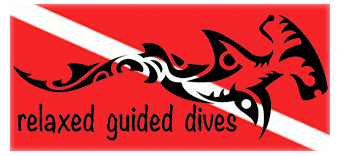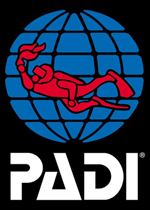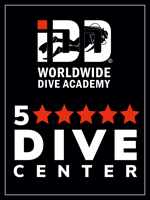3 Years ago OCEANReef offered us the possibility to become instructors for using their GDivers Integrated Dive Masks, also called Full Face Dive Masks.
Rob followed this course and also became official service technician for those masks.
Immediately we saw the potential for diving with those masks. Nowadays almost every snorkeler is using a full face snorkel mask, so the next logical step is going diving with full face dive masks.
However, most known dive organisations only accepted the use of these masks as a specialty course for already certified divers. It was not allowed to offer Discover Scuba Dives yet, nor Open water courses using the full face dive mask. But that was what we wanted to do.
So we decided to talk to IDD, a worldwide known and acknowledged dive organization. They were open to this new opportunity and together we re-wrote the DSD and open water course. Some exercises were taken out because they are not needed when diving with a full face dive mask, others put in that concern the use of the full face mask.
All in all we made the DSD and open water courses suited and safe for using the integrated dive masks.
This made us the first dive center worldwide to offer these options to the public. And what a success this has proven to be!
A complete new group of divers found us. People who for some reason could not hold a regulator in their mouth, people who were afraid of water in the mask. But also people who have trouble equalizing when using a conventional mask.
Who wouldn’t want to try diving knowing no water can come in the mask, you can not lose your regulator and you have more options to equalize your ears then when you use a conventional mask? A more natural way of breathing and bigger field of vision, so much more comfortable!
At first other dive centers where sceptic, something new is not always immediately loved. Remarks like:” It’s better to learn the old-fashioned way”, or: “I don’t need this, I can already dive with a conventional mask” are countered by us. “I can drive shift, automatic however is more relaxed”, or “Do you still write your letters by hand? No, you use e-mail”
What we now see is that other dive organisations, like for instance PADI, now slowly are following. PADI now allows OCEANReef trained instructors to offer DSD’s. SSI will soon follow, for sure. But still no open water courses. What if after your DSD you would like to learn diving using the integrated dive masks, and not the conventional way?
Then you come to us!
We are still the FIRST and ONLY dive center who can help you with this, and have lots of experience with it.


